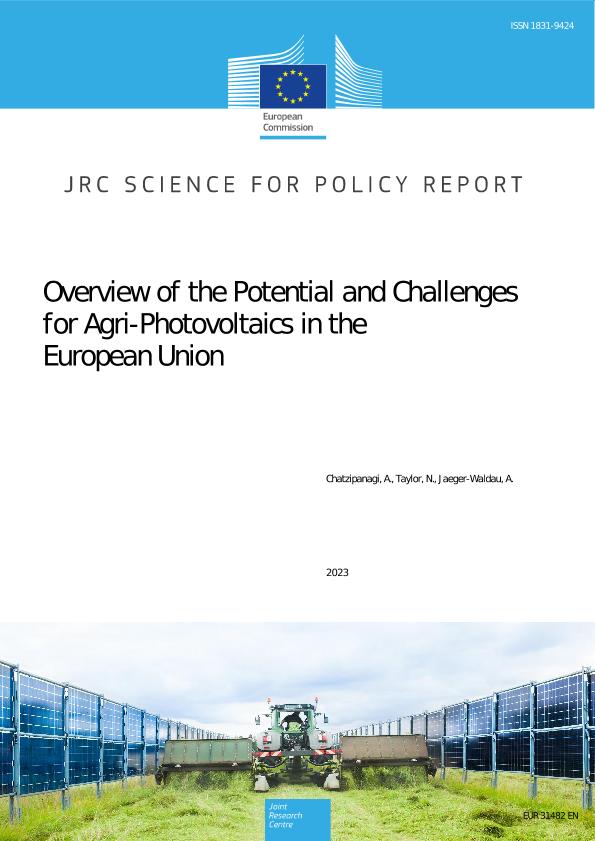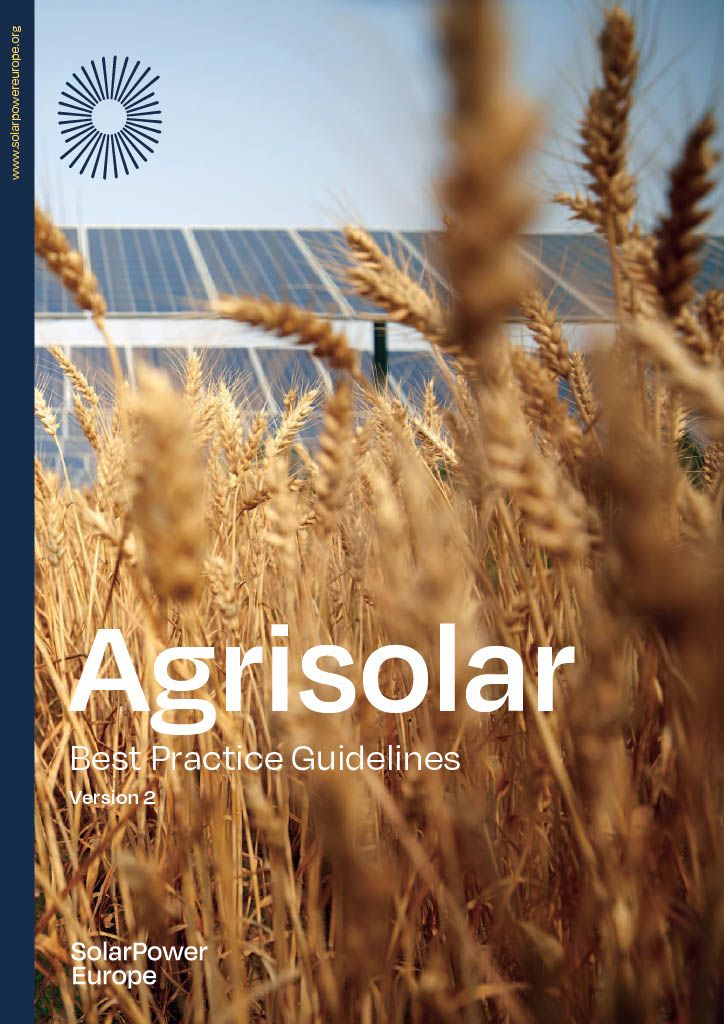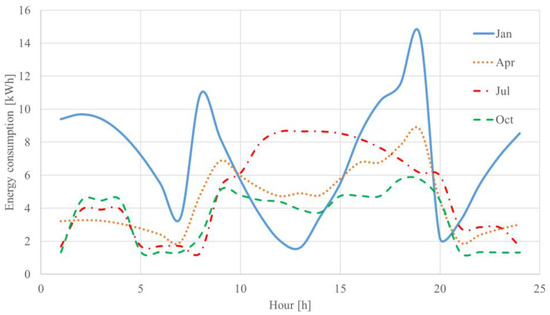A new Science for Policy report by the Joint Research Center (JRC) concluded that Agri-Photovoltaics (Agri-PV) has the potential of contributing significantly to the EU energy transition without occupying additional land but by bringing advantages to the already existing agricultural activities.
Agri-PV manages to combine two very important activities of the modern world; electricity and food production with limited impacts of one on the other.
The study, entitled, overview of the potential and challenges for Agri-Photovoltaics in the European Union, maps the current situation in relation to the definition of Agri-PV and to related standards and guidelines, and draws attention to the challenges faced by developers.
The report mentions that Agri-PV is directly supported by the European Commission (EC) with a budget of 10 million Euro that funded three EU projects: PV4Plants, REGACE and SYMBIOSYST.
SolarPower Europe Agrisolar Best Practices Guidelines
REGACE was included in SolarPower Europe’s Agrisolar Best Practice Guideline’s second volume. The project was praised for presenting innovative agrivoltaics (Agri-PV) technology.
In the guidelines, SolarPower Europe praises the “radical innovative technology” REGACE, saying it will demonstrate “Agri-PV’s potential to become a major contributor to the EU clean energy portfolio.”
“The REGACE solution will be highly competitive compared to other solutions, as it will fully address the desired destination impact of clean, affordable energy. The system demonstrated in this project will also be cost effective in areas with less sunshine,” according to the guidelines.
“In addition to the economic impact, this will also lead to a significant positive effect on ecological-environmental sustainability and reduced ecological footprint through its life-span maintenance and operation,” the guidelines conclude.
Agrisolar offers a complete solution with multiple economical, social, and environmental benefits. It effectively brings together two major sectors of our society and economy: agriculture and energy. Land is used for both agricultural production, and for photovoltaic (PV) power generation. With agriculture being particularly vulnerable to climate change, solar technologies can be seamlessly integrated into nature-positive solar sites, including dual land-use project types, like onshore floating PV and Agri-PV.
This guide aims to identify Agrisolar solutions for dual-land use, additional revenue schemes for the agriculture sector, and opportunities for greener rural development.
These solutions are implemented through: sustainable equipment, local energy production, protection for workers, valorisation of waste, and restoration of degraded lands, requiring human intervention.
Design and Optimization of a Hybrid Solar–Wind Power Generation System for Greenhouses
The climate crisis and energy price increases make energy supply a crucial parameter in the design of greenhouses. One way to tackle both these issues is the local production of energy from renewable sources. Since the permitted photovoltaic power installation on a greenhouse roof is limited by the need for an adequate amount of photosynthetically active radiation at the crop level, the necessity of designing a hybrid production system combining different renewable sources, storage systems, and conventional sources arises.
The research paper, by Catherine Baxevanou, Dimitrios Fidaros , Chryssoula Papaioannou and Nikolaos Katsoulas, addresses the multifactorial problem of the optimal design (in terms of energy production quality, produced electricity price and CO2 emissions) of a hybrid power generation system (photovoltaics/wind turbine/accumulators/oil generating unit) to meet greenhouse needs.


